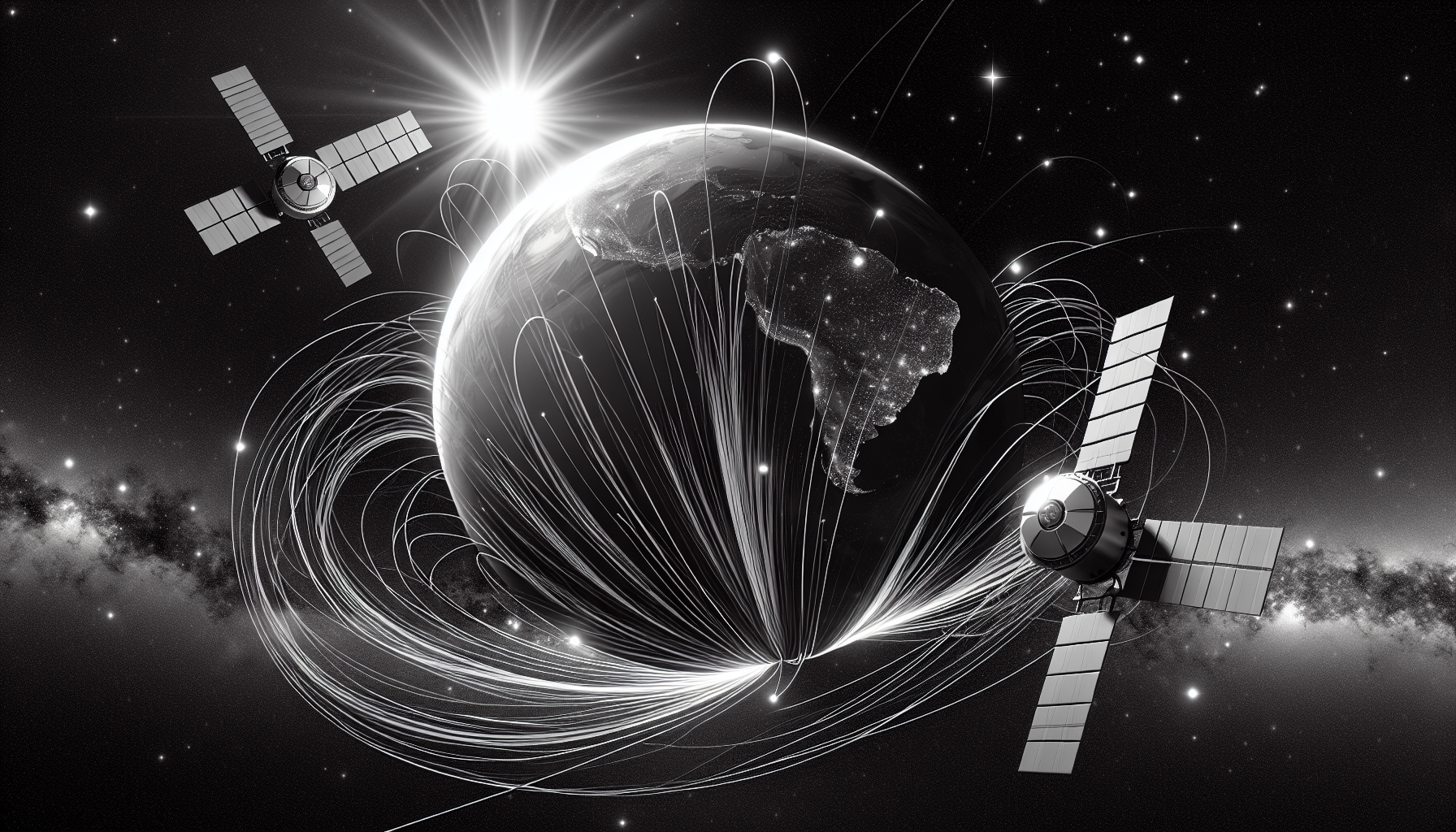NASA's TRACERS Mission: Unveiling Earth's Magnetic Shield Secrets
Imagine a force field, invisible yet powerful, standing between Earth and the relentless energy of the Sun. Now, picture two satellites racing through this shield, capturing the drama as solar wind collides with our planet's magnetic defenses. This is not science fiction-it's NASA's TRACERS mission, and it just launched, promising to change how we understand and protect our world.
Why Earth's Magnetic Shield Matters
Earth's magnetic field is more than a scientific curiosity. It's a vital barrier that shields us from the Sun's charged particles, known as the solar wind. When these particles breach the shield, they can trigger dazzling auroras-but also threaten satellites, disrupt GPS, and even knock out power grids. The stakes are high: a single solar storm in 1989 plunged Quebec into darkness, costing millions and highlighting our vulnerability.
The TRACERS Mission: Eyes on the Cusp
On July 27, 2025, NASA's Tandem Reconnection and Cusp Electrodynamics Reconnaissance Satellites-TRACERS-blasted off, carrying a mission as ambitious as its name. These twin spacecraft are now orbiting Earth, zeroing in on the "cusp" region near the poles. Here, the magnetic field lines funnel solar wind particles into the atmosphere, creating a natural laboratory for studying magnetic reconnection.
Magnetic reconnection is a process where magnetic field lines snap apart and rejoin, unleashing bursts of energy. It's the engine behind auroras and, sometimes, the culprit behind space weather chaos. TRACERS will observe these events in real time, using sensitive instruments to measure magnetic fields and particle flows with unprecedented detail.
A New Era for Space Weather Forecasting
Why does this matter now? Solar activity is ramping up as we approach the peak of the Sun's 11-year cycle. Recent storms, like the G4-level event in May 2025, have already tested our infrastructure. As our world becomes more connected and dependent on technology, the risks from space weather grow. TRACERS aims to fill a critical gap in our knowledge, providing data that could help forecast and mitigate these threats.
The mission's high-resolution measurements will challenge existing models. Some scientists believe small, frequent reconnection events are more common than we think, while others argue that rare, large-scale events drive the most damage. With two satellites working in tandem, TRACERS can capture both perspectives, offering a more complete picture of how the magnetosphere responds to solar storms.
From the Lab to Everyday Life
The implications go far beyond academic curiosity. Better space weather forecasting means more reliable GPS, safer flights over the poles, and fewer surprises for power companies. It also means astronauts can venture farther from Earth with greater confidence. The data from TRACERS could inform new strategies to protect satellites and ground-based infrastructure, potentially saving billions in avoided damages.
The mission is a collaboration between NASA and the University of Iowa, with funding from NASA's Heliophysics Division. It builds on the legacy of earlier missions like the Magnetospheric Multiscale (MMS) satellites, but with a sharper focus on the cusp-a region that has long intrigued scientists but remained elusive to detailed study.
A Glimpse into the Future
TRACERS is expected to operate for at least a year, but its impact could last much longer. As the satellites beam back data, researchers will refine their models, industries will adapt their safeguards, and the public will gain a deeper appreciation for the invisible shield that makes life on Earth possible. The mission's launch is a reminder that, even as we reach for the stars, our greatest discoveries often begin with understanding the forces that protect our home.
Next time you see the northern lights, remember: behind the beauty lies a cosmic battle, and thanks to TRACERS, we're finally getting front-row seats.
